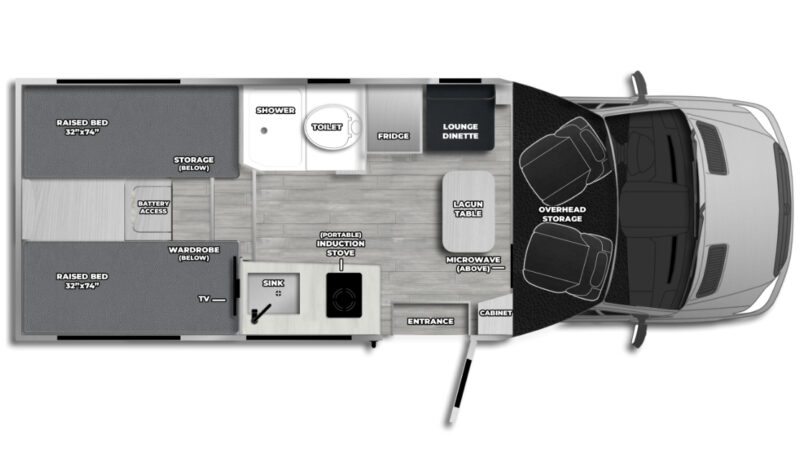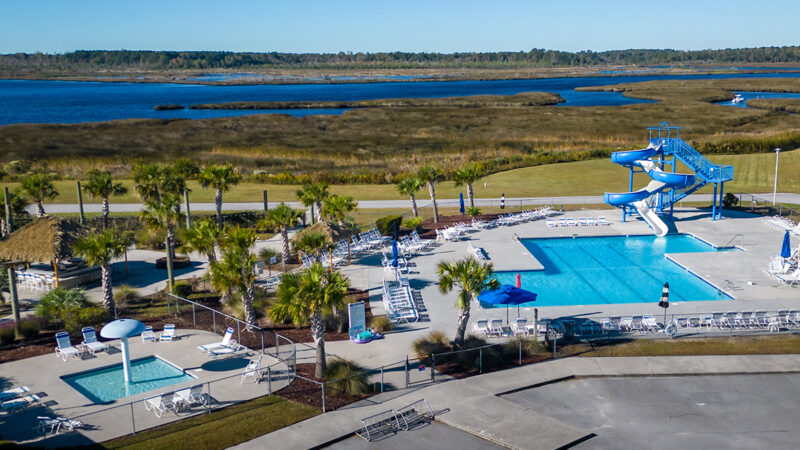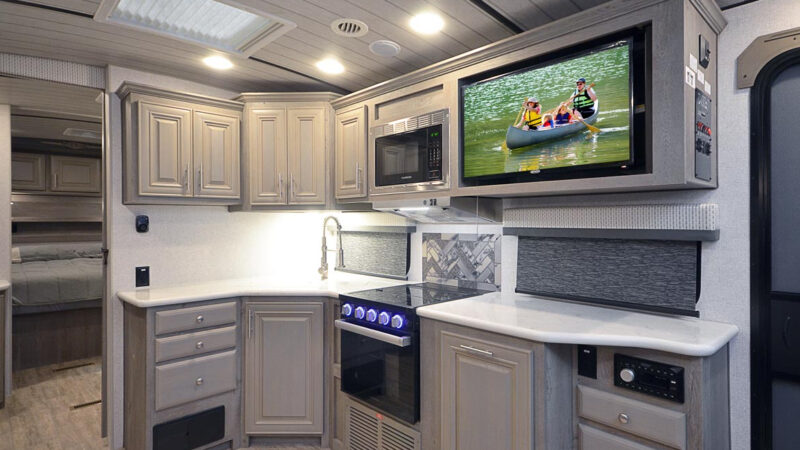How the 3-3-3 RV Rule Keeps You Safer on the Road
If you’ve been around the RV space for any amount of time, there is a good chance you’ve heard of the “3-3-3 RV rule.” But if you’re new to RVing, you may not have been introduced to this concept before or at least haven’t had it explained. Essentially, this “rule” is more of a set of guidelines meant to keep you safer on the road and more relaxed at the campsite. So, what exactly is the 3-3-3 rule? Read on to find out.
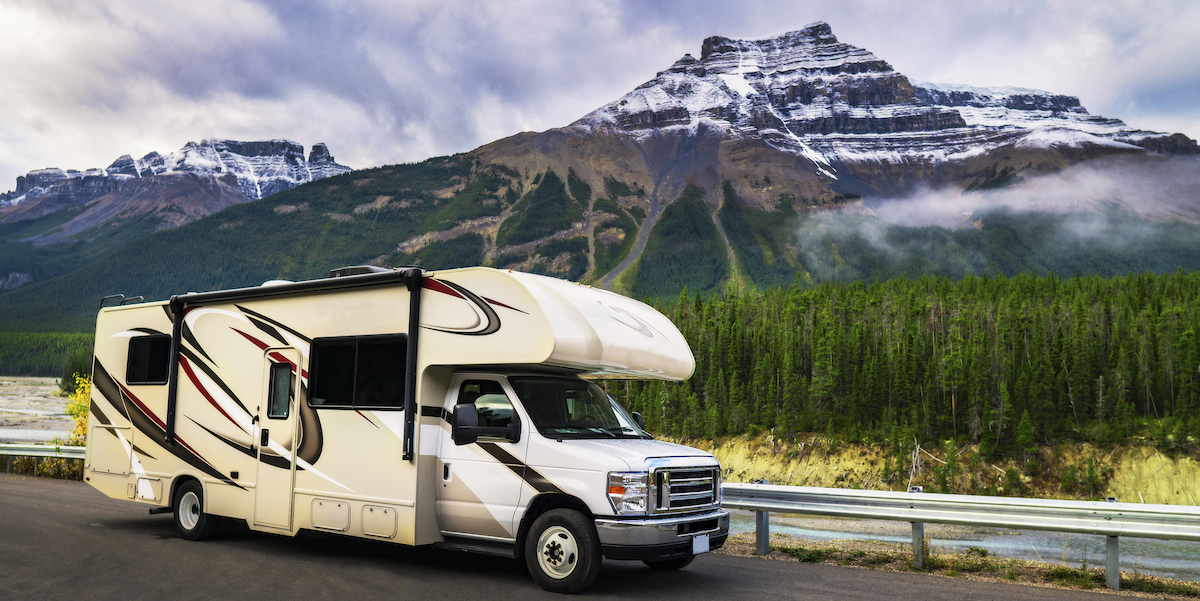
Photo Credit: Cavan Images/Getty
What is the 3-3-3 RV Rule?
There are several variations of the 3-3-3 rule, but all of them share the same goal—ensuring safe travel and maximizing comfort and relaxation. The most common version of the rule states that you should never drive more than 300 miles in a day, you should stop every three hours to take a break, and you should arrive at your campsite before 3:00 p.m. Often, the rule also suggests that you stay at your destination for three days, allowing yourself time to rest and recharge before returning to the road.
Now that we’ve explained the basic tenets of the 3-3-3 RV rule, we can take a look at each of the guidelines to better understand their importance.
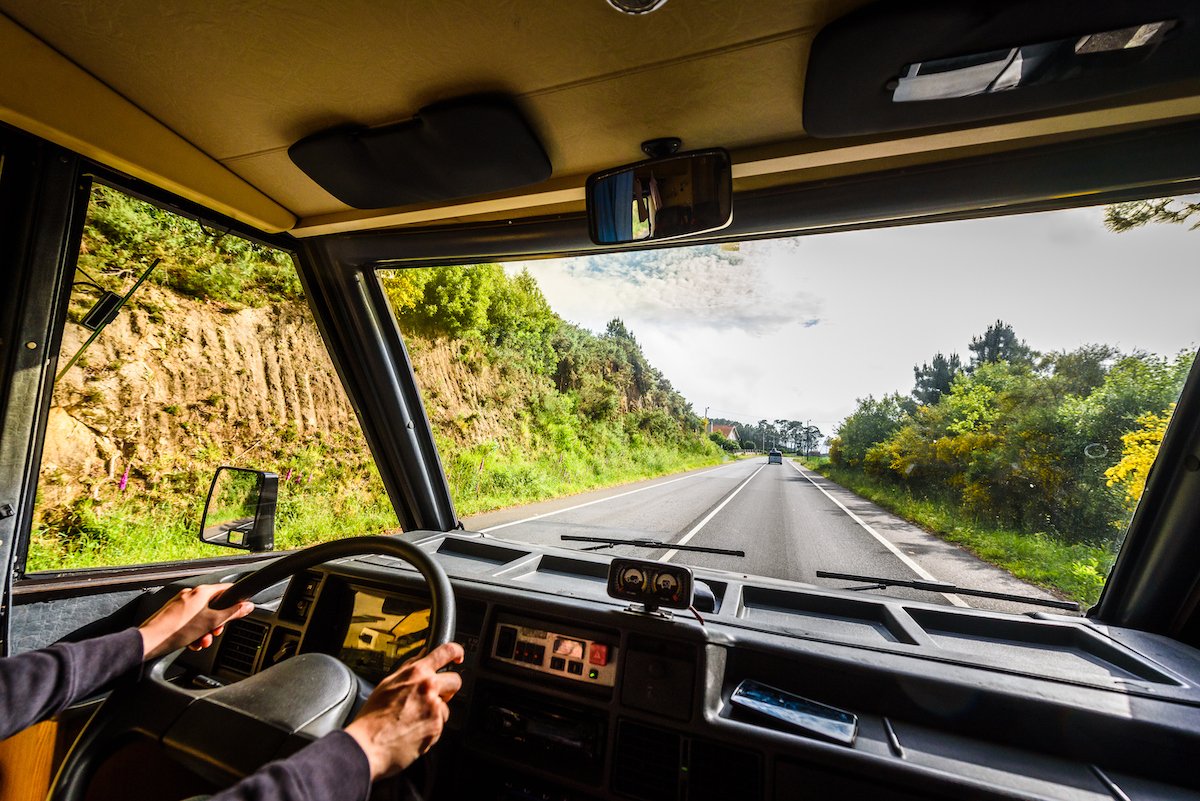
Photo Credit: _jure/Getty
Limit Driving to 300 Miles Per Day
If you’re hitting the road in a comfortable car, truck, or SUV, 300 miles of driving may not seem like a lot. But if you’re behind the wheel a large Class A or Class C motorhome, or in a truck towing a travel trailer or fifth-wheel, your highway speed will be noticeably reduced. Add in traffic, road construction, potential detours, and a few stops along the way, and it can easily take five or six hours to cover that distance. That’s a lot of time in the driver’s seat, where remaining hyper-aware of your surroundings and changing conditions can be both mentally and physically exhausting.
If you’re making a cross-country RV road trip, limiting your driving distance to 300 miles a day will certainly add additional days to your trip. If you’re crunched for time and need to travel further in a day, be sure to share the driving duties with someone else. This will help you stay fresh and alert, while reducing stress. On shorter trips, adhering to the 300 mile limit ensures you get to your destination safer and more energized.

Photo Credit: simonapilolla/Getty
Take a Break From Driving Every Three Hours
Often when we hit the road, we’re in such a hurry to get to our destination that we end up driving for hours at a time, only stopping when we need to refuel. This approach does allow us to cover longer distances at a faster pace, but it also leads to stress, tension, and fatigue. To stave off those conditions, consider stopping every three hours. This gives you a chance to get out of your vehicle, stretch your legs, and breathe in some fresh air, all of which are good for mind and body.
There are plenty of reasons you might want to stop while on the road for extended periods. For instance, you can pull over at a convenience store to grab a snack and a drink, or stop at a restaurant for lunch along the way. You can also go for a short walk, visit a roadside attraction, or take in that silly tourist trap you’ve always been curious about. The point is, anything that can get you out from behind the wheel—even for a brief time—can be refreshing. Take as little or as much time as you want before resuming the journey.
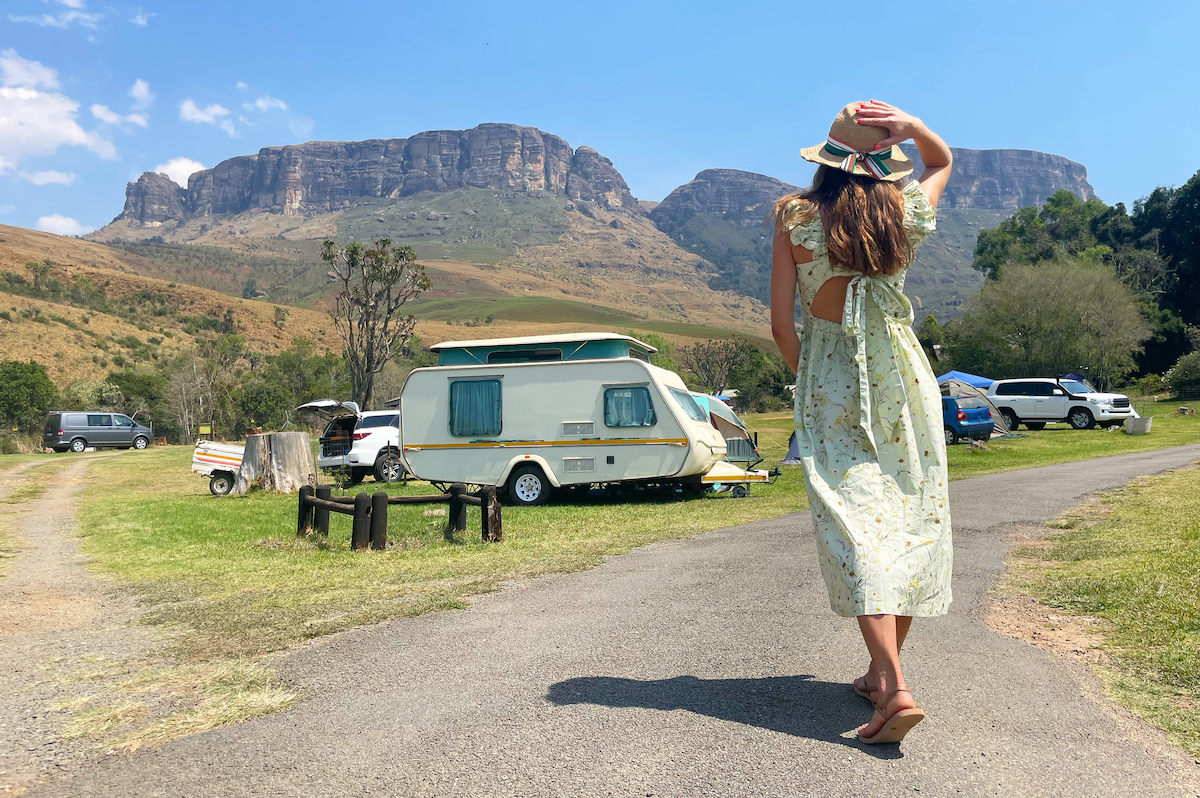
Photo Credit: Zhanna Muzalevskaia/Getty
Arrive at the Campground by 3:00 PM
There are a number of reasons why arriving at the campground by 3:00 p.m. is a good idea. For starters, if you don’t have a reservation for the night, getting to your destination early gives you a better chance of nabbing a first-come, first-served campsite. It’ll also give you plenty of time to park your RV and set up camp before dark. You may even have a few hours of daylight left over to take advantage of the campground amenities, like taking a dip in a pool, going to the gym, or just enjoying a beverage while watching the sunset.
This rule is also about showing respect for your neighbors at the campsite. When someone arrives late and tries to set up camp after dark, it can be noisy and disruptive to those who are already there and are trying to relax or even sleep. Getting to the campground early avoids that situation and allows everyone to enjoy their vacation time more thoroughly.

Image Courtesy of welcomia/Getty
Stay at Your Destination for Three Nights
This may be the hardest of all of the 3-3-3 RV rules to adhere to. After all, our road trips are often all about seeing as much of the country as we can while en route to a specific destination. But if you have the time and inclination, spending three nights at each of the places you stop along the way brings a lot of benefits. For example, it allows you to slow down, take your time, and truly explore the locations you’re visiting. It also gives you time to relax and unwind before resuming the journey. Driving long distances can take a toll on the body, and stopping for a few days will help alleviate those annoying aches and pains.
It is also important to keep in mind that packing and unpacking your RV takes time, keeping you busy upon arrival and prior to departure. Extending your stay makes that process less stressful and easier to handle, giving you quality downtime to actually enjoy the places you are visiting.
So, that’s the 3-3-3 RV rule in a nutshell. Keeping these guidelines in mind as you plan your next road trip can bring plenty of benefits, including more rest and relaxation and less stress. After all, RVing should be about having fun and enjoying the journey as much as we do the destination.
The post How the 3-3-3 RV Rule Keeps You Safer on the Road appeared first on RV.com.
Source: https://www.rv.com/lifestyle-travel/how-the-3-3-3-rv-rule-keeps-you-safer-on-the-road/


